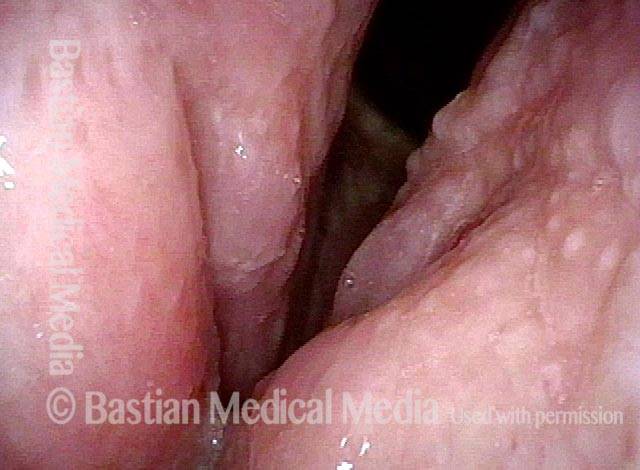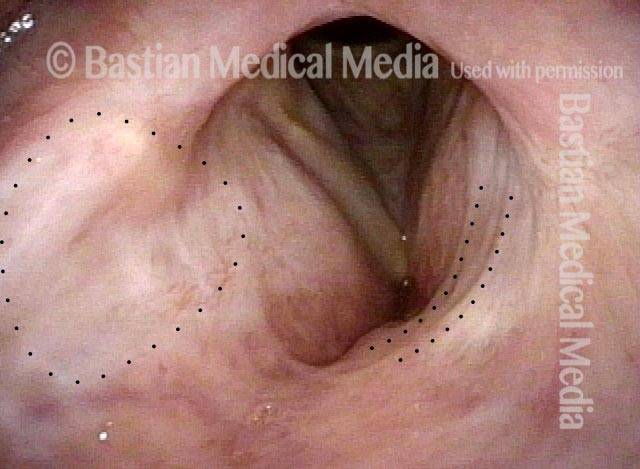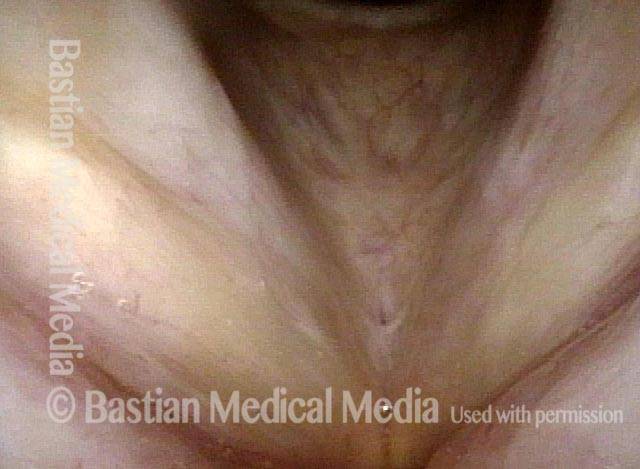Cryptococcus neoformans laryngitis is a rare fungal infection of the larynx.
Cause
The infection usually occurs as a primary pulmonary infection but can spread to other regions of the body.
Symptoms
Common characteristics of cryptococcus neoformans include longstanding hoarseness, sore throat, or edema of the vocal cords.
Treatment
Cryptococcus neoformans laryngitis is treated with oral anti-fungal medications such as fluconazole.
Read more: Bacterial Laryngitis, Ulcerative Laryngitis, Nonorganic voice disorder, Laryngopharynx acid reflux disease, Viral Laryngitis, Laryngitis Sicca, Post-surgical Laryngitis, Candida Laryngitis and Pharyngitis
Cryptococcus Infection of the Larynx
Tags
[cool_tag_cloud on_single_display=”local” style=”green” largest=”16″ font_family=”Helvetica” font_weight=”bold” number=”0″ show_count=”yes”]





